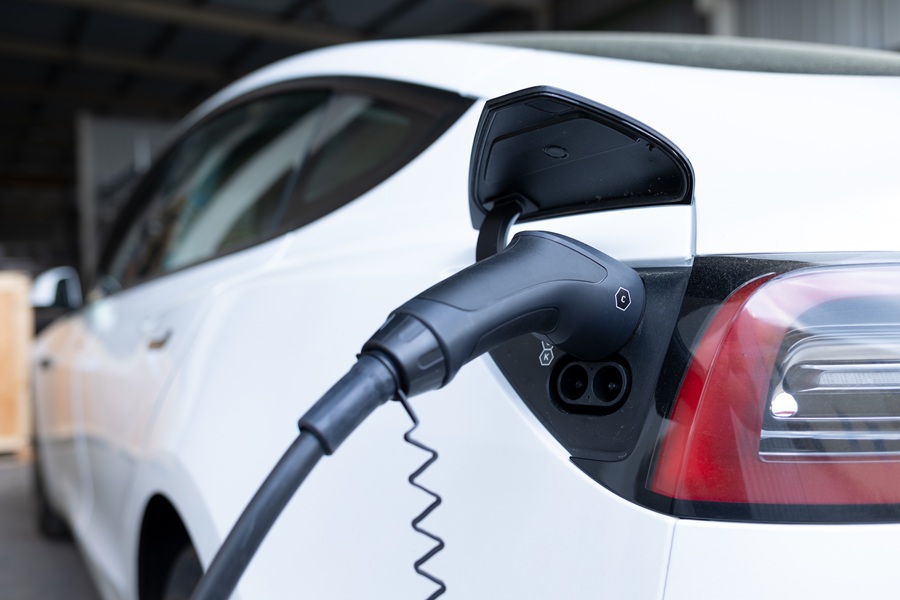With the increasing electrification of company fleets, charging management is becoming a central component of modern fleet management. It ensures that electric vehicles are charged reliably and economically in line with demand – whether at the company site or on the road.
What is charge management?
Charging management encompasses the control, monitoring and optimization of charging processes for electric vehicles. The aim is to organize charging times efficiently, control grid loads, reduce costs and ensure the availability of vehicles in the fleet .
Components of professional load management
- Charging infrastructure: installation and maintenance of wallboxes or charging stations at the company site
- Access management: Definition of which vehicles and drivers are allowed to load at which times
- Load management: avoiding load peaks through intelligent control of parallel charging processes
- Billing systems: recording of charging times and consumption per vehicle for internal or external billing
- Integration with fleet software: automatic recording and evaluation of loading data
Advantages for companies
- Cost optimization: control of charging times according to electricity tariffs and use of PV systems
- Safety and reliability: Technically monitored charging processes with remote access and fault diagnosis
- Transparency: clear dashboards with real-time data and usage statistics
- Sustainability: promoting electromobility in line with corporate climate targets
Challenges in charging management
- Demand-oriented dimensioning of the charging infrastructure
- Integration into energy and building management
- Integration of external solutions (e.g. for field service vehicles)
- Legally compliant billing for private charging at home
Conclusion
Well thought-out charging management is essential for the successful integration of electric vehicles into the company fleet. It creates transparency, saves costs and ensures that vehicles are always ready for use. In conjunction with digital fleet software , charging management becomes the basis for efficient and sustainable e-mobility.

